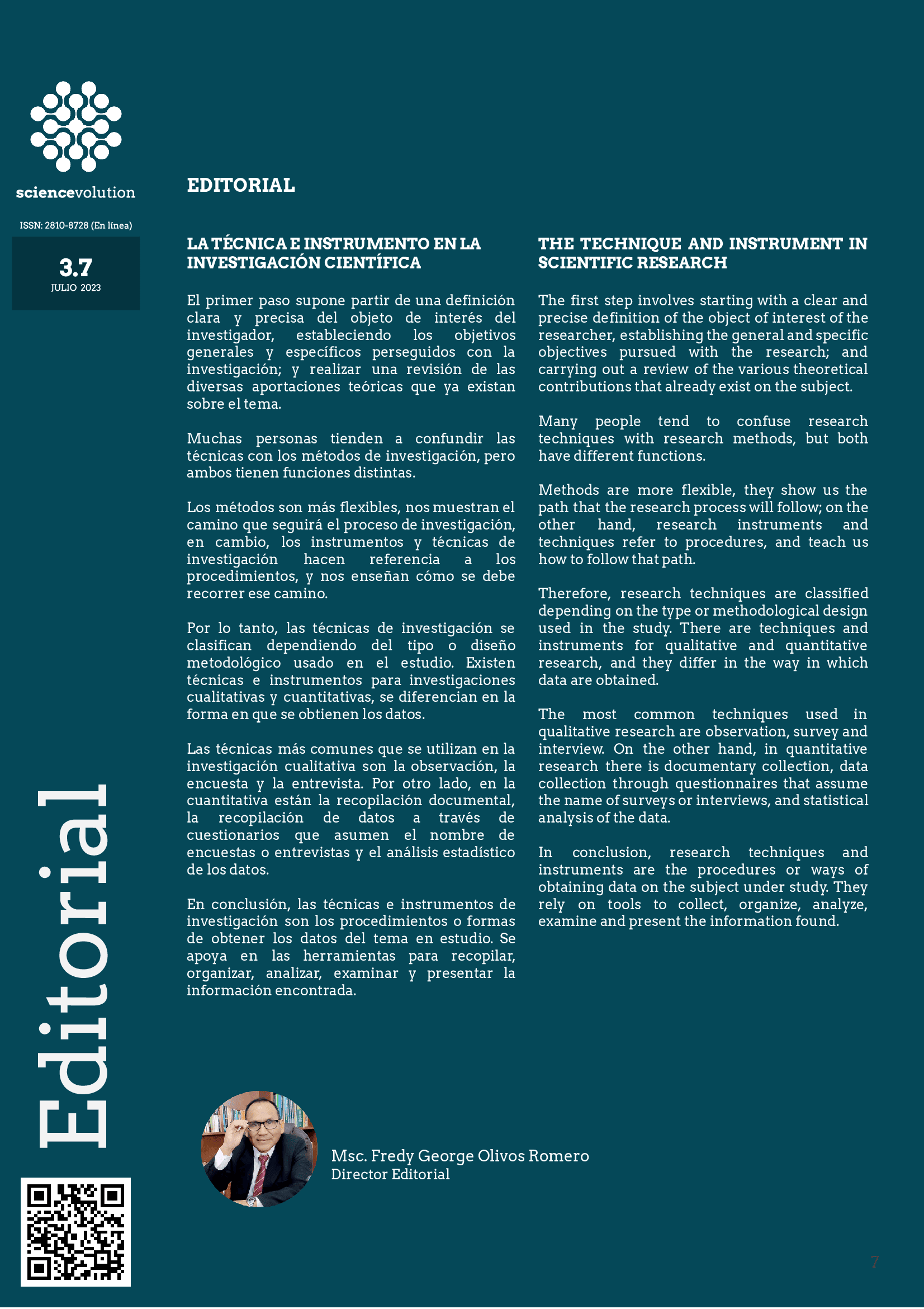Abstract
The first step involves starting with a clear and precise definition of the object of interest of the researcher, establishing the general and specific objectives pursued with the research; and carrying out a review of the various theoretical contributions that already exist on the subject.
Many people tend to confuse research techniques with research methods, but both have different functions.
Methods are more flexible, they show us the path that the research process will follow; on the other hand, research instruments and techniques refer to procedures, and teach us how to follow that path.
Therefore, research techniques are classified depending on the type or methodological design used in the study. There are techniques and instruments for qualitative and quantitative research, and they differ in the way in which data are obtained.
The most common techniques used in qualitative research are observation, survey and interview. On the other hand, in quantitative research there is documentary collection, data collection through questionnaires that assume the name of surveys or interviews, and statistical analysis of the data.
In conclusion, research techniques and instruments are the procedures or ways of obtaining data on the subject under study. They rely on tools to collect, organize, analyze, examine and present the information found.

This work is licensed under a Creative Commons Attribution-NonCommercial-NoDerivatives 4.0 International License.
Copyright (c) 2023 http://revista.sciencevolution.com/

